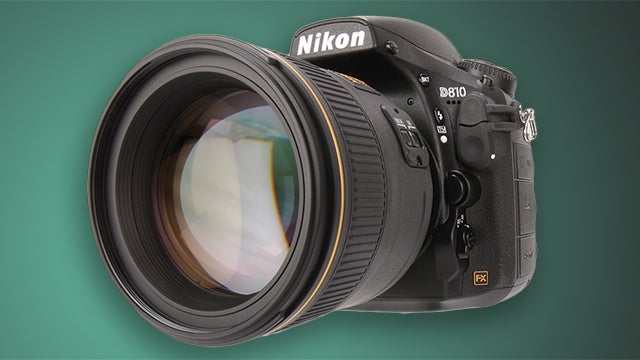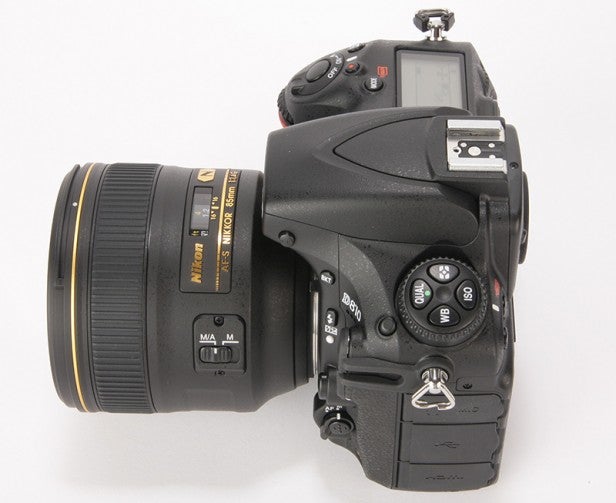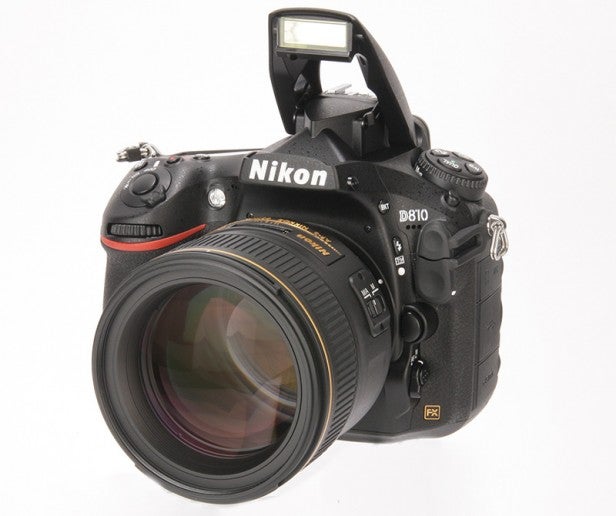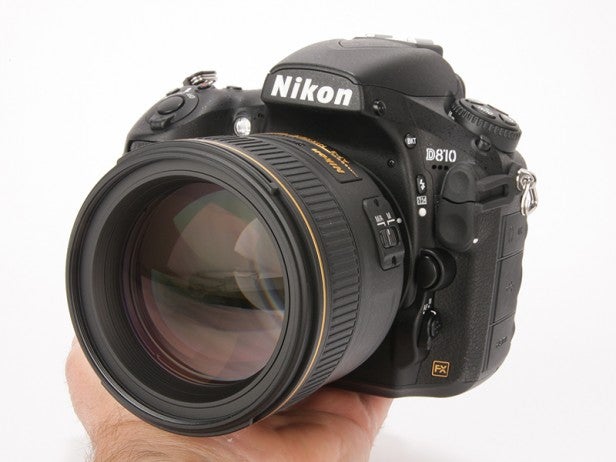Nikon D810 Review - Features and Performance Review
Features and Performance
One of the most important new DSLRs of the year

Sections
- Page 1 Nikon D810 Review
- Page 2 Features and Performance Review
- Page 3 Image Quality, Video and Verdict Review
Nikon D810: Features
This is a serious camera, and much of the way the Nikon D810 operates is about zero compromise performance. In a practical sense, this can become somewhat difficult to deal with if you don’t have the kit to go with it.
What do we mean? 36-megapixel RAW files are huge, and will fill up even a 64GB memory card in no time. You could even do so in a day if you get snap-happy during a shoot.
The Nikon D810 does offer one way to get around this. You can shoot in an S RAW format that actually crops into the sensor to capture uncompressed 9-megapixel images, rather than the full-size 36-megapixel ones. The resulting crop factor is 1.5, so the field of view is significantly altered. But this should come in handy.

For a supposed new-generation camera, the Nikon D810 also misses out on a few connectivity features that are now all-but assumed in much cheaper cameras. Wi-Fi and GPS are not built-in. Instead, you need to purchase separate adapters to add these features. This is disappointing, and quite odd given how far these features have spread down the price range among more ‘mainstream’ cameras.
The Nikon D810 isn’t entirely bereft of extras, though. There’s a small pop-up flash. Given this camera’s status, it seems much more useful as a trigger flash for separate Nikon flashes rather than for use on its own merits, but either works.

Nikon D810: Autofocus and Shooting Performance
Looking a bit closer into the Nikon D810’s actual shooting specs, the camera uses the same Expeed 4 image processor as the Nikon D4S – a slightly older camera but one that costs around twice the price of the D810.
Despite this, though, the D810 offers much slower shooting speeds than the D4S. Shooting at full resolution tops out at 5fps, or 6fps for DX sensor crops of 15 megapixels.
The Nikon D4S goes up to 11fps, with full re-focusing and metering with each shot. That gives you some idea as to where the extra £2,500-odd goes. The rival Canon EOS 5D MKIII only shoots up to 6fps, so you’re not really missing out on speed among its price peers. 
As you’d hope from a DSLR of this pedigree, autofocus speed is excellent – especially if you’re not using Live View mode, which limits the Nikon D810 to contrast detection autofocus. Once again, the camera uses the same engine as the Nikon D4S, the Multi-Cam 3500FX.
This is a 51-point focusing system, and we found it to be extremely fast even in poorer lighting conditions. The system also has 15 cross-focusing points, although this is a good deal fewer than the Canon 5D MKIII, which has 41. What’s so special about a cross-focus point? It means the contrast detect system can analyse contrast difference along both the horizontal and vertical axes. So while focusing in practice is great, those extra cross points give the 5D MKIII technically more accomplished contrast detect autofocus.
Metering performance is excellent too. The Nikon D810 responds to lighting changes extremely quickly even in low light conditions, and this added to the strong tracking autofocus makes a mean combo, even without Nikon D4S-grade speed.

